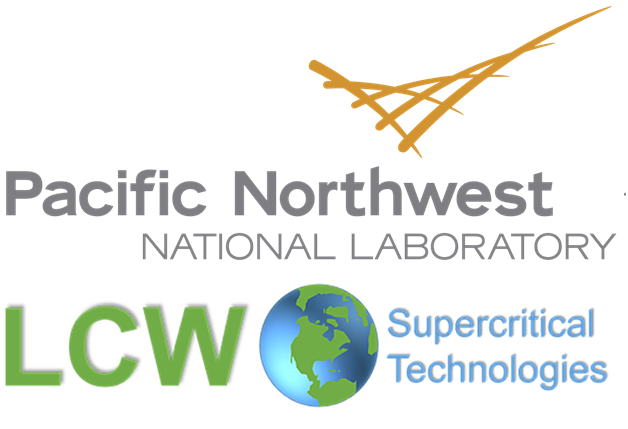Seawater contains many dissolved minerals other than salt including sulfates, magnesium, potassium, bromide, fluoride, gold, and uranium. There is only about three parts per billion of uranium. This amounts to about three micrograms per liter. While that is a very small amount, the world oceans are so big that they contain about four billion tons. That amounts to five hundred times more uranium than all the know deposits of uranium on land. If it could be extracted cheaply and efficiently, it could be a valuable source of uranium.
Uranium in seawater exists in what is called pseudo-equilibrium. This means that as long as the amount of uranium dissolved in seawater remains at it current level, no more uranium will be dissolved from the rocks of the seabed. So if large scale uranium extraction was practiced and the concentration of uranium fell, more uranium would be leached out of the rocks. In a strange way, it is a “renewable” energy source. It is estimated that ultimately, a hundred trillion tons of uranium could be extracted from the world’s oceans. This could supply the energy needs of the human race for millennia or until a better energy resource was discovered or developed.
It is not easy to extract uranium for seawater. The Japanese Atomic Energy Institute developed an expensive technique that utilized polymer mats to draw the uranium out of solution. The U.S. Oak Ridge National Laboratory found a better method. They doped polymers with the chemical amidoxime and then irradiated the combination. This was cheaper than the Japanese system.
The Pacific Northwest National Laboratory and LCW Supercritical Technologies recently took ordinary acrylic yarn and made it into a material that would absorb uranium in seawater. The researchers determined that if they used waste acrylic fibers, this method of extracting uranium could be cost-competitive with land mining of uranium.
The PNNL/LCW researchers started by placing acrylic yarn in a tank and circulating seawater over the yarn. The yarn chemically bonded the uranium to a molecule which was then processed to produce uranium oxide or yellow cake. The process is easily reversible which means that it is easy to release the uranium from the yarn which can then be used again.
One of the PNNL researchers said, "For each test, we put about 2 lb (1 kg) of the fiber into the tank for about one month and pumped the seawater through quickly, to mimic conditions in the open ocean. LCW then extracted the uranium from the adsorbent and, from these first three tests, we got about five grams — about what a nickel weighs. It might not sound like much, but it can really add up." This same process of extraction could also be used to clean up toxic heavy metals in rivers, streams and wetlands.
LCW intends to license the new technique. They are collaborating with PNNL on finding funding to launch large scale tests in the Gulf of Mexico. Warmer water makes the process more efficient. The waters of the Gulf may increase the yield of uranium two or three times over the laboratory results.
China and Japan are currently exploring uranium extraction techniques. The China National Nuclear Corporation's Beijing Research Institute of Chemical Engineering and Metallurgy signed an agreement with Saudi Arabia's King Abdulaziz City for Science and Technology in 2017 to collaborate in research on extracting uranium from seawater, with Saudi and Chinese researchers to conduct a two-year investigation.
